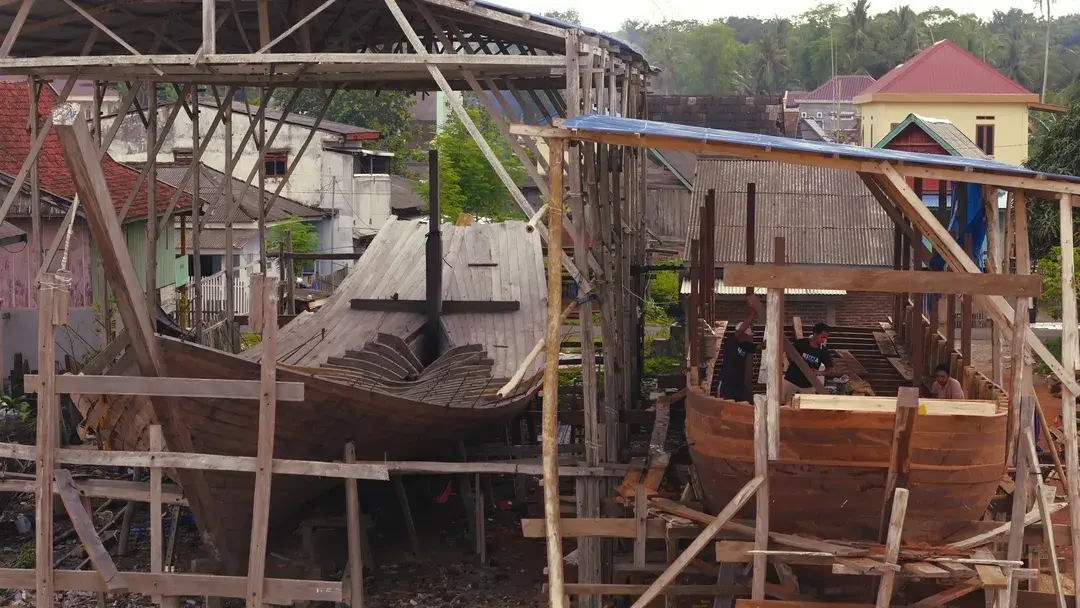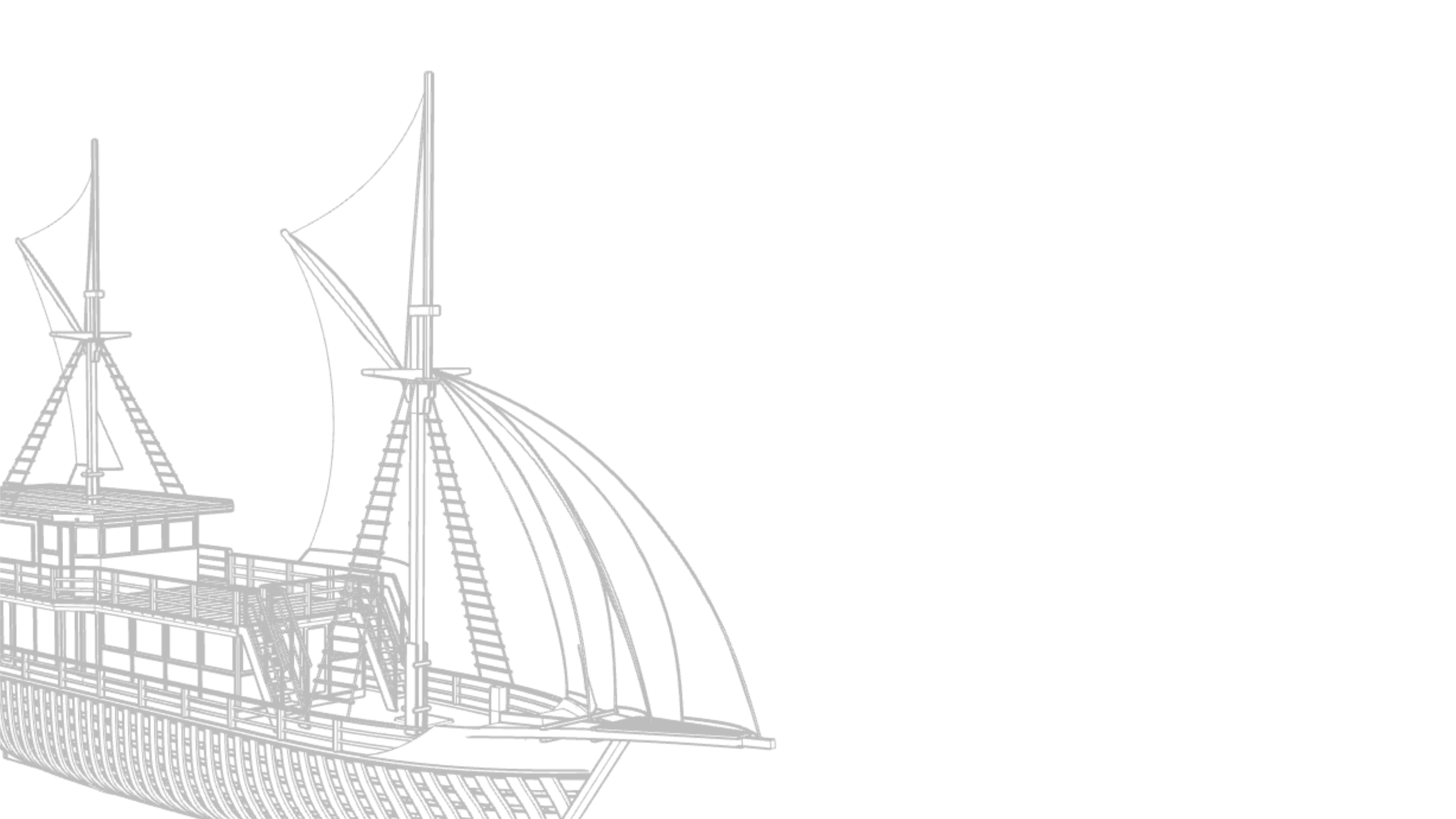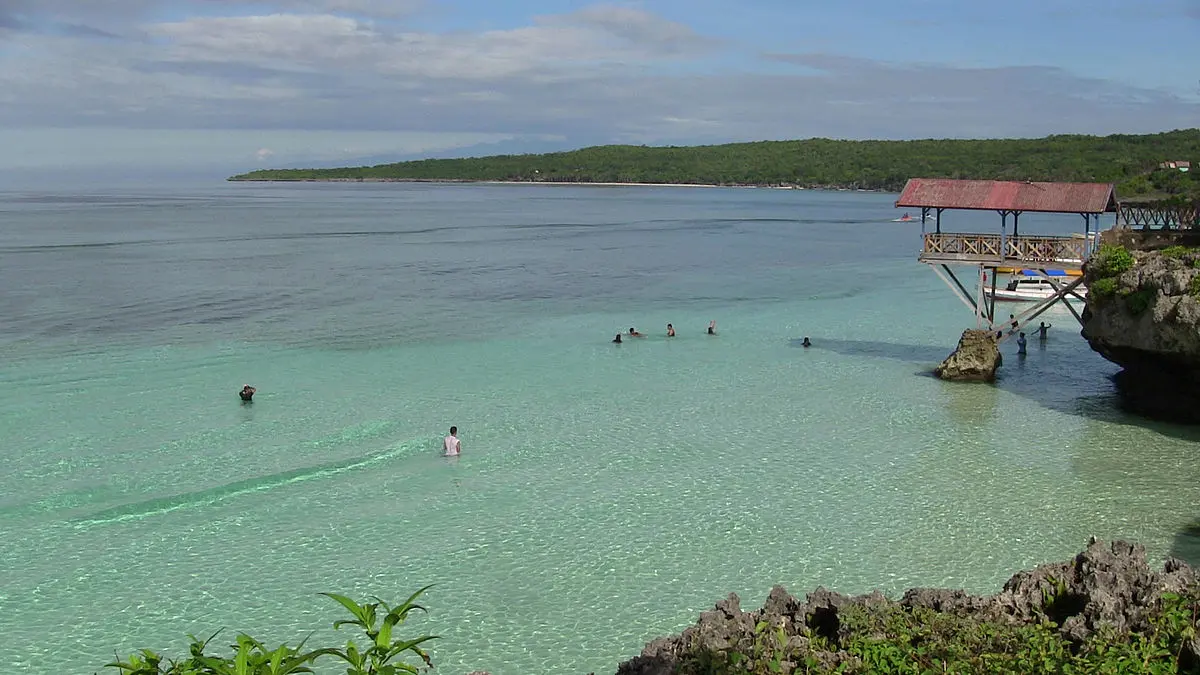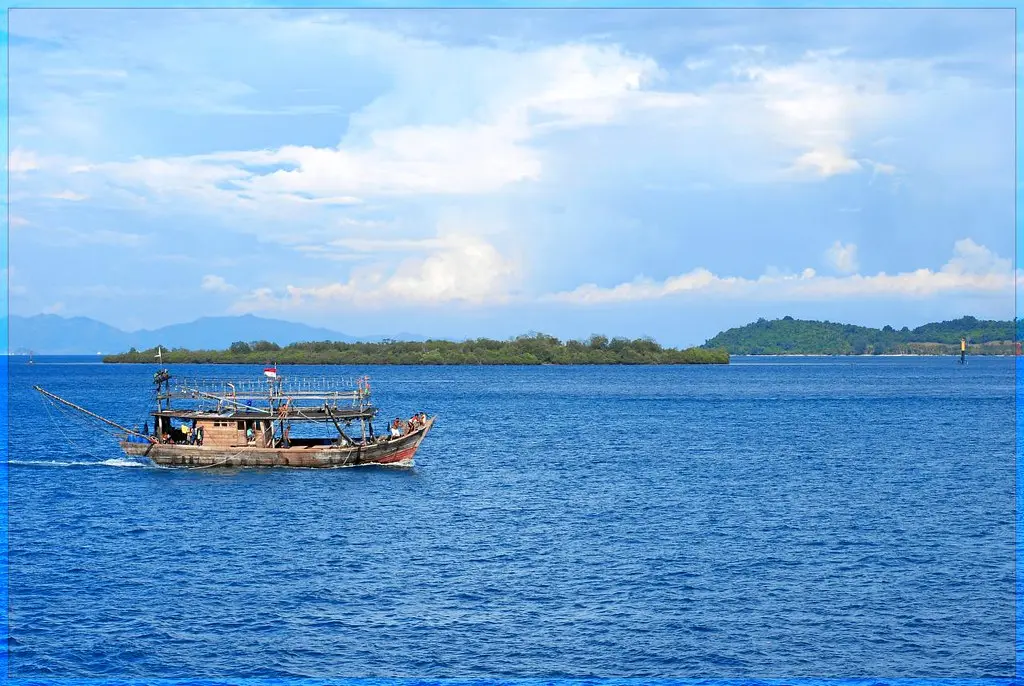8 Challenges in Traditional Boat Building Today and Why They Matter

The challenges in traditional boat building go beyond fading tools, they signal the loss of culture, identity, and ancestral wisdom in coastal communities. Across Indonesia, these handcrafted vessels carry stories, not just cargo. But as modern pressures rise, this living tradition is at risk.
Let’s explore what makes it so unique—and why it’s worth protecting.
What Are The Key Principles in Boat Building?
Traditional boat building, especially in places like Indonesia, relies on more than just skill—it’s guided by core principles passed down through generations.
These principles ensure each vessel is seaworthy, culturally meaningful, and sustainably crafted.
- Balance and Buoyancy – Boats must float evenly and remain stable in different sea conditions.
- Strong Keel Foundation – The keel is laid first as the “spine” of the boat, ensuring strength and structure.
- Use of Local, Durable Materials – Builders often choose hardwoods like ironwood for longevity and resistance to rot.
- Craftsmanship Without Blueprints – Relying on intuition, measurements by eye, and oral instruction passed down over time.
- Cultural and Spiritual Alignment – Ceremonies, taboos, and blessings often guide the building process for harmony and protection.
These principles blend practicality with heritage—keeping boatbuilding both an art and a cultural act.
Read Also: Anatomy of a Phinisi Ship: Inside Indonesia’s Iconic Wooden Vessel
What Are the Challenges in Traditional Boat Building?
Traditional boat building faces increasing pressure from modern, environmental, and cultural forces. These challenges not only affect the survival of the craft but also threaten the identity of the communities that carry it forward. Here are the key challenges:
1. Disappearing Raw Materials
Sourcing high-quality, traditional woods like ironwood or teak has become increasingly difficult.
Deforestation, rising costs, and stricter conservation laws limit access to these materials, forcing many builders to compromise on durability or halt production altogether.
2. Loss of Young Talent
Fewer young people are willing to continue this time-intensive craft, as many pursue urban jobs or tech-driven careers.
Without formal apprenticeships or incentives, the transfer of boatbuilding knowledge from elder masters to the next generation is breaking down.
3. Modernization & Mass Production
The rise of fiberglass boats and factory-built vessels offers cheaper, faster, and more standardized alternatives.
These industrial options dominate the commercial market, making it harder for handcrafted boats to compete in both price and visibility.
4. Cultural Disconnect
Spiritual rituals, sea taboos, and community ceremonies once central to boatbuilding are fading.
As lifestyles change and communities become more urbanized, these cultural anchors are often abandoned, leaving boatbuilding stripped of its deeper meaning.
5. Lack of Formal Support or Policy
Traditional builders often work without government recognition, funding, or legal protection. With limited access to training programs or sustainable tourism initiatives, many workshops face closure—despite their role in preserving valuable intangible heritage.
6. Climate Change & Coastal Erosion
Rising sea levels and stronger storms are damaging coastal areas where traditional boatbuilding takes place. Some shipyards are forced to relocate, while others are left without secure working spaces.
7. Limited Access to Tools & Technology
While industrial builders use advanced tools, many traditional builders still rely on manual tools—and now struggle to find replacements or materials. The lack of affordable, locally available resources slows the work and drives up costs.
8. Changing Demand in Tourism
Many traditional boats are repurposed for tourism, but fluctuating tourist trends (especially post-pandemic) make income unreliable.
Builders adapting to tourism must also balance authenticity with comfort, creating design and identity dilemmas.
Read Also: 7 Types of Traditional Indonesian Boats You Can Still See Today
Where to Witness & Support Traditional Boat Builders?
For Voyagers seeking more than sightseeing, these places offer a chance to connect directly with Indonesia’s living maritime legacy—and help keep it alive:
1. Tana Beru, South Sulawesi
Often called the "heart of Phinisi boatbuilding," Tana Beru is home to one of Indonesia’s last surviving traditional shipyards.
Here, master builders work without blueprints, using oral knowledge and sacred rituals passed down for generations.
The rhythmic sounds of carving, the scent of timber, and the sight of towering wooden hulls under construction make this a powerful cultural immersion.
2. Maritime Museums (Jakarta, Makassar, Maluku)
For those who want to understand the broader context of Indonesia’s maritime heritage, maritime museums offer valuable insights.
Exhibits showcase ancient boats, navigational tools, ship models, and cultural rituals related to seafaring life.
These spaces help connect historical knowledge with the modern preservation movement.
3. Riara Marine’s Shipyard in Bulukumba
At Riara Marine, Voyagers can go beyond observation and step into the traditional building process.
You’ll witness Phinisi construction up close—from keel-laying to mast-shaping—while engaging with artisans who preserve centuries of knowledge.
This is a rare opportunity to see how traditional techniques adapt to today’s world while staying rooted in community and cultural values.
The challenges in traditional boat building are not just technical—they’re cultural, environmental, and deeply human.
By witnessing, supporting, and engaging with these crafts, Voyagers help ensure that the legacy of the sea lives on in every carved plank and tied knot.
Read Also: The Timeless Elegance of the Indonesian Phinisi: Where Heritage Meets Luxury
Join the Builders Who Still Shape the Sea at Riara Marine
Ready to get closer to the heart of maritime tradition? Visit Riara Marine’s Phinisi shipyard in Bulukumba, where boat construction still follows centuries-old techniques passed down through generations.
- Watch how master builders shape the hull by hand, align timber without blueprints, and raise masts using traditional tools and intuition.
- Learn about the rituals that guide each phase of construction—from keel-laying to final blessing.
- Support a living heritage by witnessing a process that connects community, craftsmanship, and culture.
Plan your visit and experience how real boatbuilders keep Indonesia’s maritime legacy afloat one plank at a time.



